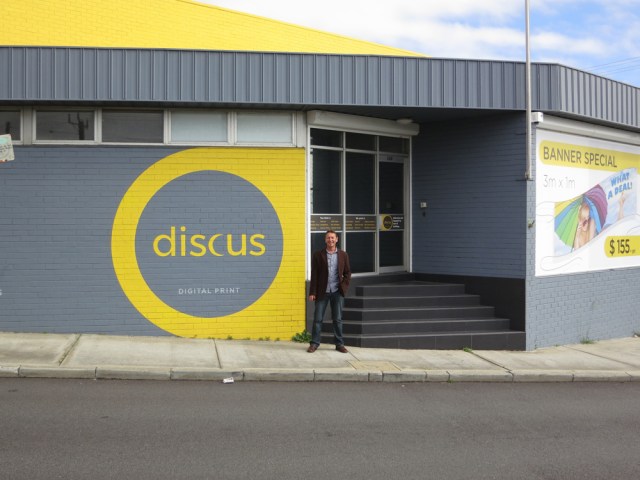
The reporter called me for an interview. They started with “Print is dead.” I asked where they heard that. “I read it somewhere,” was the response.
And there lies the irony of print – – we use print to document print’s supposed demise. From packages to periodicals and from books to brochures, print is many things. You may replace some of it with electronic methods but I dare you to send a box of Wheaties over the internet.
I give you 20 reasons why print will prevail:
Accessibility: Paper-based materials can be accessed and used in any setting without presentation technology.
Availability: Printed matter is available globally in one universal format.
Transparent: The medium of information delivery should enhance, not compete with content.
User friendly: Any child knows what to do with a book.
Easily reviewed: Print materials are learner-controlled. We rapidly move through redundant sections, while focusing on areas demanding additional attention.
Easily referenced: They are called “page numbers.”
Cost-effective: No instructional tool is less expensive to produce and use than print.
Unalterable: Electronic text permits adulteration; print is unchangeable.
Intellectual property: Integrated digital rights management; it is harder to copy print materials.
Archivability: The Dead Sea Scrolls are still readable after 1,000 years. The Dead CD-ROMs?
Storage: Electronic storage media change every few years; paper does not.
Linearity: Print has a linear nature as well as a logic and order to that is lost with hypertext.
Focus: Print forces a focus on the material presented and does not introduce distractions.
Memory effects: Reading text forces a certain focus and the need to mentally speak the words.
Credibility: Print ensures the authenticity and integrity of the text. Wikiis are wacky.
Immediacy: You don’t have to wait to download a magazine. Print is immediately available.
Comfort food (for thought): Curling up before a fire on a cold day with a book in hand can never be replaced by staring at a cold computer screen.
Targeting: Print can be mailed to a defined audience. Find an e-mail list of everyone in Dayton.
Scan/Search: Table of contents and index listings provide intelligent guides through the author’s outline of the content.
Portability: They are called pocket books for a reason.
In the late 1970s and early ’80s, “paperless office” and “office automation” were overused buzzwords. It began in a 1979 article in US News & World Report that said the 1980s “will be a decade of unrest in the American workplace” and predicted that “technology will play its part by upsetting the present occupational mix. Many factory jobs will be lost to automation, and employment will grow in white-collar fields. Computers will create a paperless office, and some workers may lose their jobs to robots.”
In 1982, an article in The Economist began, “The vision of the paperless office is future-gazing nonsense”. In 1983 Wang Labs introduced a system that could scan images and store them on disk. They predicted paperless offices; today offices are wangless. In 1985 the Wall Street Journal had a short quote that said there would be “a paperless office when there is a paperless bathroom”.
The future of print is the future of society as affected by its technology. We have evolved from agrarian to industrial to service workers. We are now knowledge workers and few of us are not touched by the computer. Those who favour print argue that competitors to print have never succeeded. They point to radio and movies and television and they are right.
But the internet is a viable competitor because it combines all of them and more. It seduced us because it was text based – – and thus related to the printed word. Then it added images which also extended the print metaphor. Soon it added animation and sound and now video.
The question is not whether print will die, but how print will live. How will it be integrated into a world that is hyperlinking to the future? Some forms of print will be supplanted by electronic alternatives, but other forms, such as packaging and promotional materials, will not be affected.
Long live print.
Comment below to have your say on this story.
If you have a news story or tip-off, get in touch at editorial@sprinter.com.au.
Sign up to the Sprinter newsletter

